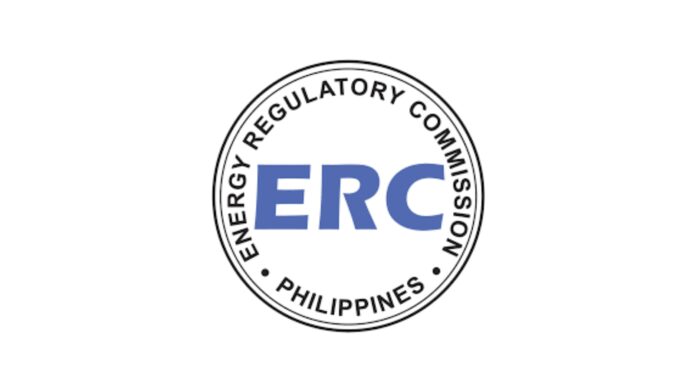The Energy Regulatory Commission (ERC) looks to strengthen its two decades old charter, more particularly against the obdurate constituent who sneeze at its array of sanctions for breaking the Electric Power Industry Reform Act (EPIRA).
Monalisa Dimalanta, ERC chairperson, told reporters the regulator has initially consulted now only with the Department of Energy (DOE) but also with the Department of Justice (DOJ) to put more teeth to provisions imposing a mere P50 million and a prison term for EPIRA violators.
If she can help it, a P500 million sanction for each misbehavior should bring these constituents to their senses and quickly heed its admonitions, Dimalanta said.
“We already met with the DOE and the DOJ so that we can enforce imprisonment provisions (and the) ability to prosecute for non-compliance of EPIRA and ERC rulings,” Dimalanta said.
The regulatory environment is such that Dimalanta proposed if a task force working along the lines of the Run After Tax Evaders (RATE) program of the Bureau of Internal Revenue to assist them in the prosecution of criminal cases.
In a parallel development, the ERC is evaluating a possible return of the feed-in tariff allowance next month and its impact on the Green Energy Auction Reserve price.
Dimalanta said they are considering if further differentiation in setting the GEAR price is needed, particularly in terms of project size, apart from differentiating only on a technology standpoint.
“There are distinctions for technology under GEA but what we are realizing is size also matters. Maybe what they need is a certain type of GEAR for projects below 5 megawatts or 1 megawatt. However, that’s a slippery slope once we start differentiating too much as it’s like you’ve already designated rates per project. So we really need to strike that balance on where we will differentiate otherwise, they’re better off applied on the power supply agreement instead,” Dimalanta said.
Under the GEA setup, renewable producers compete for incentivized fixed power rates by offering prices lower than or equal to GEAR prices set by the ERC.
The regulator is also assessing renewable energy developers, noting the low turnout of GEA-2 bids was due to low GEAR prices given there were foreign investors who were “happy with the rates” and submitted and won bids at the auction.
“We held public consultations and FGDs (focus group discussions) and all these concerns were taken into consideration. Those need to be balanced as well since this is a 20-year contract and consumers will be paying for the rates. If you ask me if its low or high, I think it is the most reasonable at that point given the information the commission had,” Dimalanta said.
The ERC said it is now updating its pricing dashboard for the succeeding rounds of GEA.
Dimalanta also bared that the regulatory body is currently studying if the suspension of the FIT-All collection may be extended beyond August.
FIT-All is sourced from all electricity consumers to pay the premium of FIT eligible power plants currently at 4 centavos per kilowatt hour but its collection was ordered by the ERC to be suspended temporarily since November last year as a measure to help lower power rates.
The government is allowed to yearly evaluate the said charge whether to increase or decrease it as needed.
Dimalanta said that since prices in the Wholesale Electricity Spot Market is now on a downward trend, FIT-All’s current pool of funds is being used up and may have to be collected again.
However, Dimalanta said the ERC has an ongoing simulation to project until when the collection of FIT-All may be deferred.







